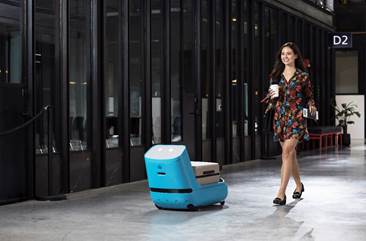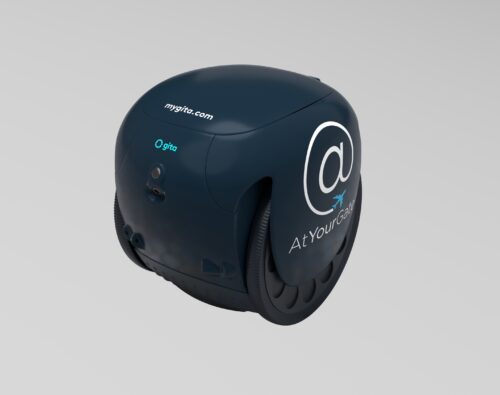
5 Ways Your Next Airport Visit Could Be Contactless
(This is a slightly different version of a story we prepared for USA TODAY)
In addition to cleaning, sanitizing, and setting up COVID-19 testing stations, airports are responding to the pandemic by making the journey through the terminal increasingly touch-free.
In pre-COVID days, some of the new contactless services would have been presented as convenient amenities. Today, they are part of the tool kit for keeping passengers safe and healthy, and confident enough to travel.
Contactless Airport Parking
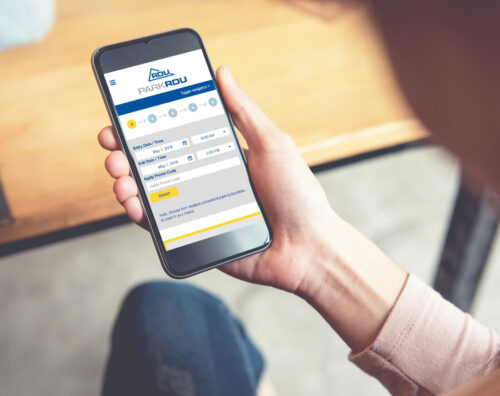
Before the pandemic, some airports offered travelers the option to reserve and prepay for parking online. An assured spot in the terminal garage during busy times was the attraction. Sometimes perks such as close-in spaces and discounted rates enticed travelers to give the amenity a try.
Now, many more airports are promoting and launching touch-free parking systems. Travelers can avoid having to push a button to get a ticket on the way in and bypass the payment kiosk or staffed booth on the way out.
For example, at Raleigh-Durham International Airport (RDU) customers who book parking online get a scannable QR code via email that opens the garage gate. A license plate reader recognizes their vehicle when they exit. San Francisco International Airport’s new touchless online parking system, rolled out right before Thanksgiving, works with scanned QR codes as well.
Contactless check-in & bag drop, biometric gates
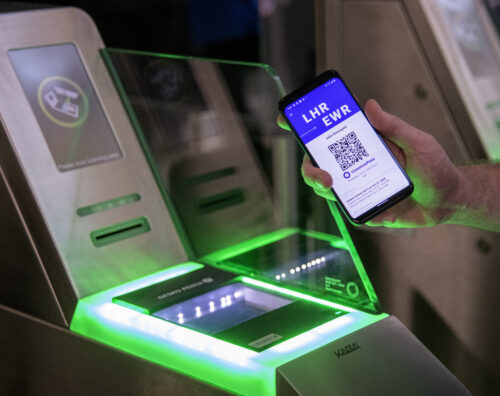
Pre-pandemic, most passengers knew about but did not always use online check-in, digital boarding passes, and technology that let them print their own luggage tags at home and check in their own bags at the airport. Now those no or low-contact options are all but mandatory.
Airports and airlines are also piloting and fast-tracking a wide range of biometric technology and other tools that make the airport journey a bit more touch-free.
Aviation technology company SITA and Los Angeles International Airport (LAX) recently piloted a system that allows passengers to use smartphones to operate check-in kiosks and avoid having to touch the communal screens. SITA’s Smart Path biometric touch-free boarding and exit gates are also operating at Orlando International Airport.
And multiple airlines are now testing a digital health passport, called CommonPass. The app will safely store health information needed for travel and eliminate the need for passengers to hand over paper copies of COVID 19 test results.
The security checkpoint
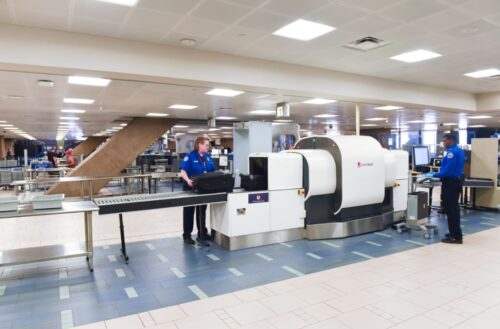
The Transportation Security Administration is reducing touchpoints at many airport security checkpoints.
More than 834 Credential Authentication Technology (CAT) units that reduce the time needed to confirm a traveler’s identity and allow travelers to put their own IDs into the scanner are now in use at 115 airports. And new computed tomography checkpoint scanners at 267 airports give TSA officers a 3-D view of carry-on bags. This decreases the need to open and touch bags and reduces the contact time between TSOs and passengers.
Touchless food ordering and delivery
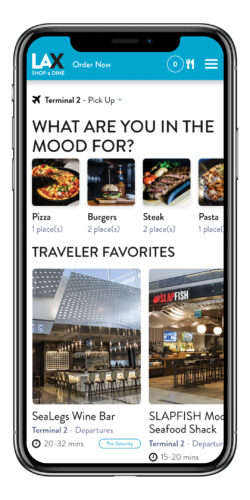
Before COVID-19, the Grab app let hungry travelers skip lines and use their mobile devices to order meals for pick-up from a limited number of restaurants in a limited number of airports.
Avoiding airport lines is more important now. So, airports in Los Angeles, Denver, Minneapolis-St. Paul and other cities are partnering with Grab to create accessible platforms that expand touch-free ordering options and broaden the number of participating concessions.
In a growing number of airports, runners for At Your Gate make in-terminal deliveries of meals and other items ordered via mobile devices from airport restaurants, newsstands, and retail shops.
The service, currently offered at LGA, JFK, EWR, DEN, BOS, SAN, MSP, PDX, and PHL is getting even more convenient and contactless at SAN and some other airports with the introduction of robots.
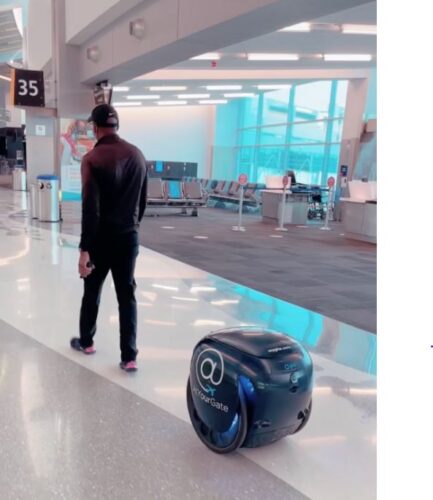
In partnership with Piaggio Fast Forward, At Your Gate delivery teams in JFK, MSP, DEN, and SAN will soon be joined in their rounds by small Gita robots. Each follow-along robot has a bin that can carry up to 40 pounds and will be used for contactless delivery of meals and retail items ordered.
Virtual information booths
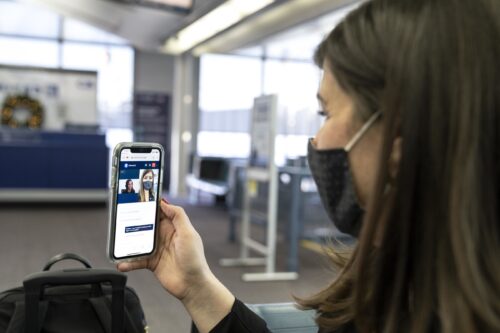
Many airport information desks are going contactless. At Louisville Muhammad Ali International Airport (SDF), LAX, DEN, BWI and other airports, passengers now use a touch-free tablet, a kiosk, or their own mobile device to connect with customer service agents who answer questions live, but from a distance.
Airlines are jumping on this bandwagon too. In December United Airlines debuted its “Agent on Demand,” service which lets customers in the airline’s hub airports use a mobile device to call, text, or have a live video chat with a customer service agent.
